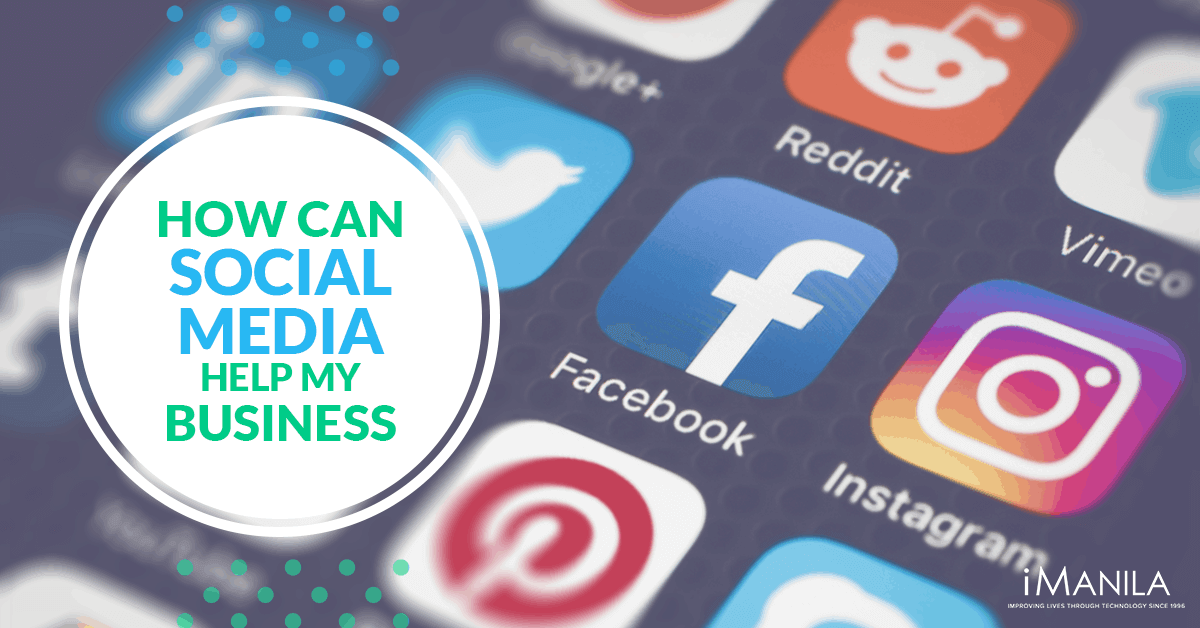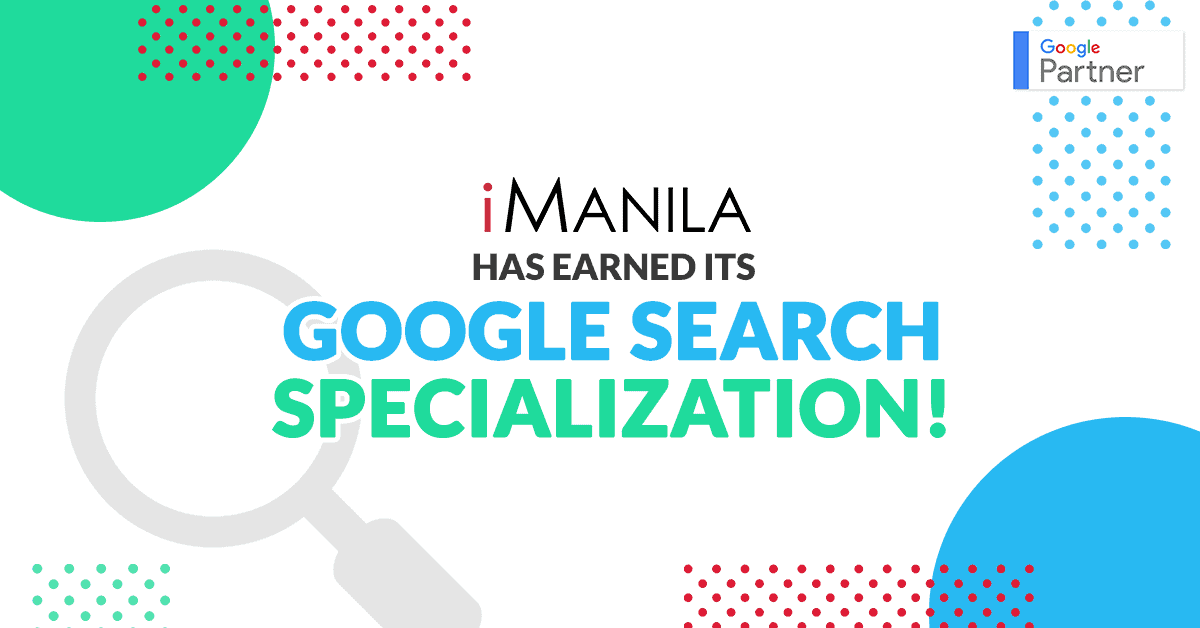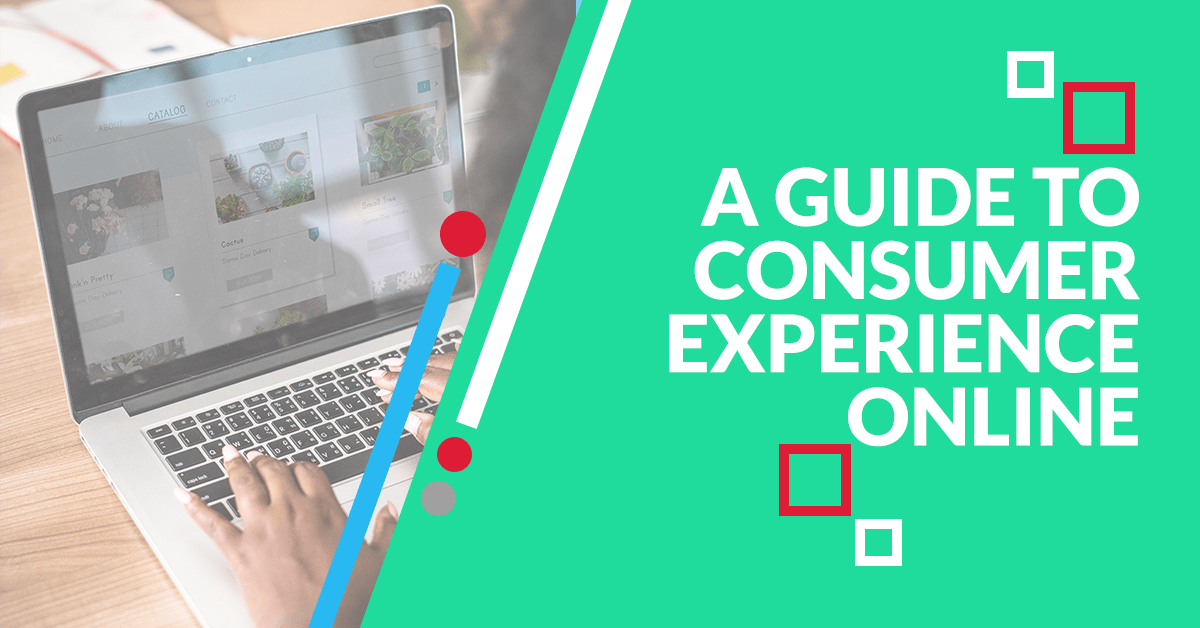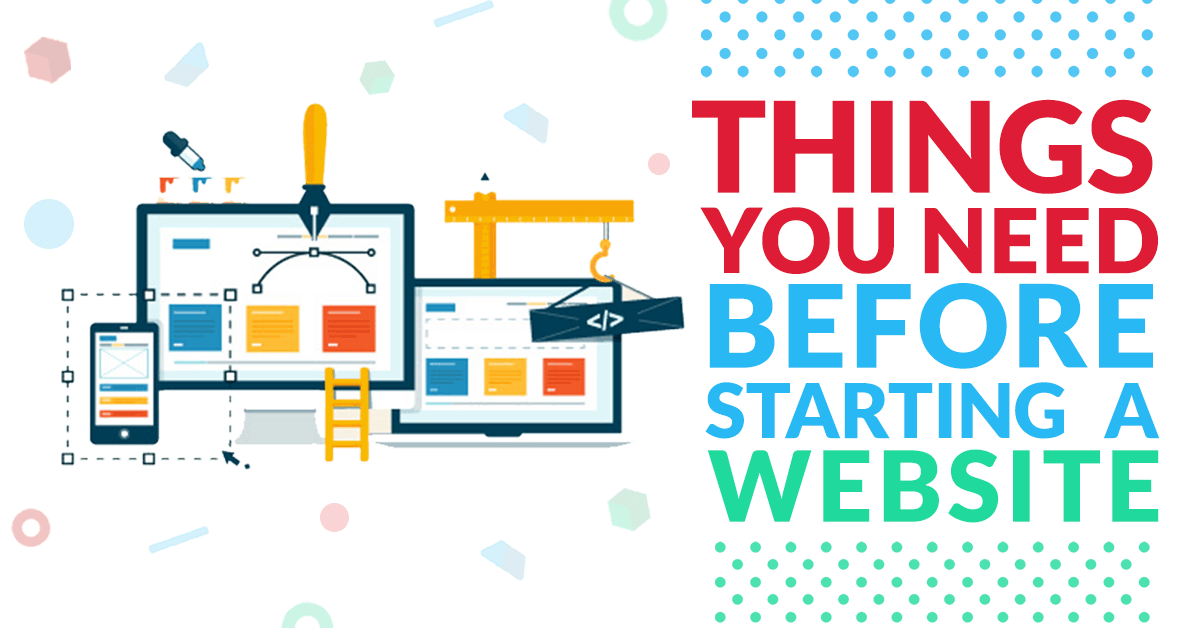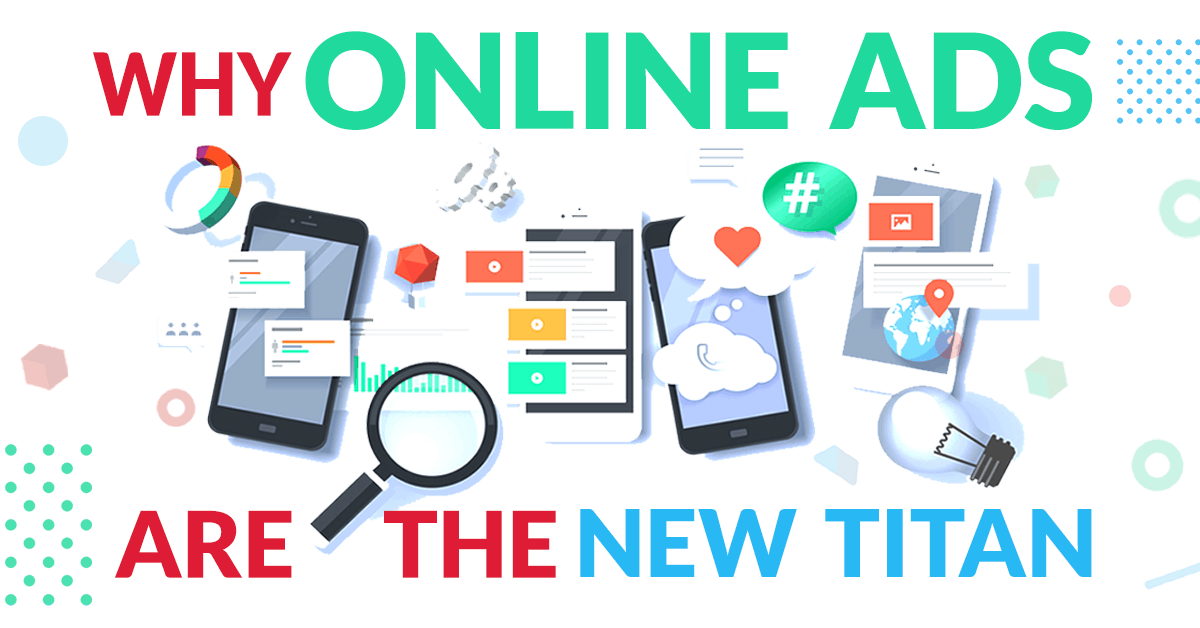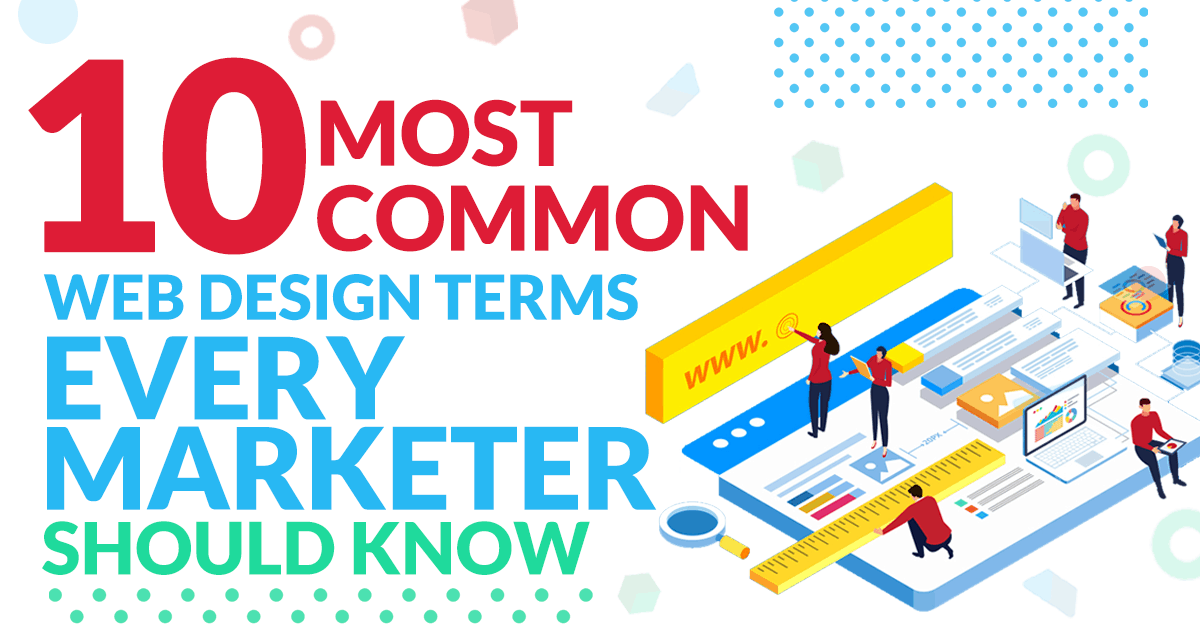How Can Social Media Help My Business?
Being on social media has practically been the norm for everyone. Whether you’re going to work, having your lunch, or just taking a 5-minute break from work, social media is a habit that people cannot seem to let go. Different Social media platforms have become rampant in the last five to eights years that people are so accustomed to getting information and news through it rather than the traditional method of newspaper and television. With this in mind, it’s hard to deny that businesses nowadays are starting to invest more and more on building their online identity through social media.
But what exactly does social media provide to businesses? Why is it that many of these big brands are so eager to be successful online? If you’re curious to find answers on why your business should invest in social media, we’ve outlined here for you some benefits that you should consider.
Social Media Provides Online Identity Support
The online space is very wide. Social media is just a fraction of what the online world is all about. Obviously, websites are probably the number one investment that a business should consider to have that online identity. However, a website alone will not cut it and it’s no longer enough to just have a website. In fact, more and more brands are using social media to support their websites, which is especially why it’s better to support your online efforts with a social media calendar as well. Having your own social media page, especially on Facebook, Instagram or LinkedIn is a great anchor to boost your online identity. With so many people using these platforms as their source of information and lifestyle display, there’s no doubt that your business will reach as many people as possible and gain the sales that you’re hoping for.
Let the online world know about your branding and identity by posting relevant content. Make sure that you’re voicing out your identity with direct and creative captions. Don’t forget to be cohesive and in-sync with regards to your overall look on all of your social media profiles.
Social Media Produces a Wider Audience Reach
As mentioned, social media attracts a lot of people. It can be considered as a hub or a place where people gather to share thoughts and ideas. With over a billion monthly users, social media is your go-to place to promote your business online. Make sure you’re setting up the right ads and targeting the right people in order to reach more relevant customers for your brand. Remember to capitalize every online opportunity in order to boost your business identity online through social media.
Social Media Generates an Increase in ROI
Lastly, every businesses’ main goal is to have that increase in their ROI. As long as you have a solid foundation on your social media profiles, and that all of your communications plans are in-sync with each of them, you can expect your ROI to rise in no time. It’s only just a matter of time and on whether or not your services or products targeting the right market.
Looking to start your online journey through social media? iManila is here to help! With over 23 years of experience in the IT industry, we’ve helped countless clients establish their identity online. For more information, contact us at (02) 490-0000 or leave us a message at https://imanila.ph/lets-talk/.
